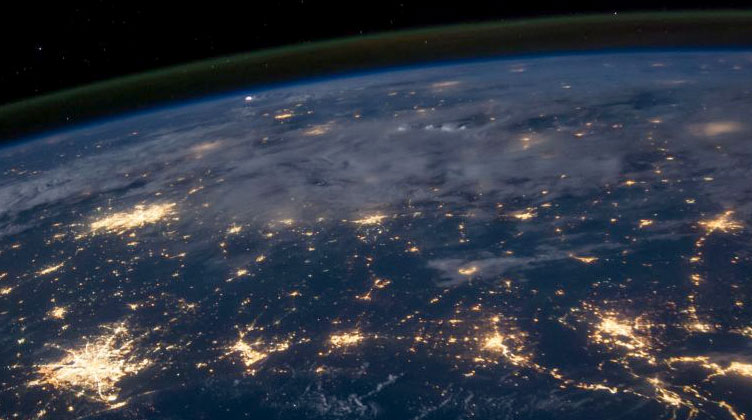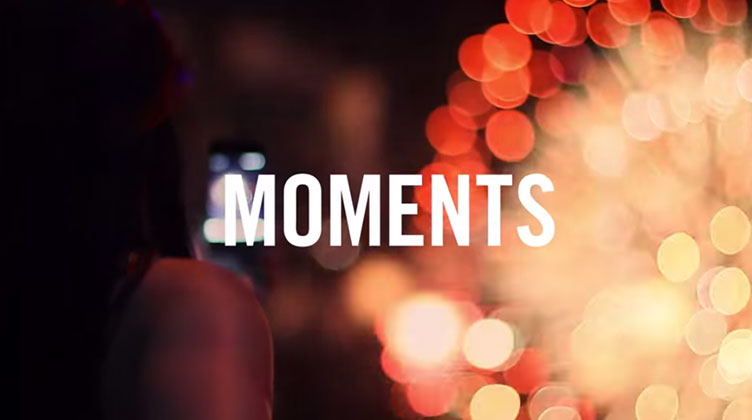The thing lives inside us all and is waiting, always ready. And often it doesn’t have to wait long; at those times we give it all the food it needs and it comes forth and feeds greedily upon what we give it, which most of the time is us, in a way. In those moments, we imagine ourselves taller and stronger than we really are, much more righteous than we have a right to feel – and with a feral judgment we only barely recognize. With a single swipe of its paw, we lay waste to the houses of cards that surround us, the careful labor of others. A mighty bellow alerts the world that the beast is among us and must be answered to; the world at those times will lie low and listen.
How necessary we can believe this beast to be, for all its unspeakable fierceness, because it is what we use as a sort of palliative for something far worse: its parent. For as craven as it is, hairy and primal, it is but a baby and by comparison tame. The first beast is, of course, anger. The parent – by far the worse of these two for its habit of collapsing the human resolve needed to advance, achieve and experience – is the creeping rot of fear.
Is there anything in life that we are not capable of fearing? No. There is no boundary of any kind to the possible answers to the question, to things we might fear. Said another way: As a species, we fear everything. Our fears pitch like the ocean and, even if we manage to contain them, to dam them up, divert, drain and control them, will often only break free again, and again wash over the landscape, soaking our fortitude and commitment with a salty, warping inertia. Our fears are our constant companions over our lifetimes; indeed it is likely our fears that we are addressing on those occasions we have conversations with ourselves. We reason with them, negotiating a moment’s truce so we can lurch forward into daily dealings that would otherwise be benign were it not for our skewed interpretation of them as fearsome.
It is among our more paradoxical qualities that we are often loath to give up our fears. They become waypoints, landmarks we use to navigate life’s pathways. We become accustomed to the rhythm of coddling them; we find strange comfort in them. We may appease ourselves – our nobler natures that chafe at our capitulation to the fungus of fear – with self-aware shows of Anger the Disguise, like a child before a mirror dressed in shoes too big and clothes too long, a crown falling down over one eye and a wooden sword, swearing swift and mighty vengeance against evil. But it is our anger that we use as a tool to enable our fear; it is the cheap substitute for seeing things as they really are, speaking the truth to ourselves and to others, and thus diminishing and defeating our fears.
Incidentally, it is a humanitarian and noble act we perform when we are aware of anger in ourselves and in others. The anger of others – rather than provoking us or frightening us – is a golden opportunity for us to show compassion, since the person displaying anger is struggling at that very moment with the fears he has likely carried with him all his life, and his highly personal drama plays out right before our eyes. He is like a disabled person who has fallen and is struggling to come upright. The angry person deserves our understanding, for at the moment of his anger, he is surely no less challenged: He is expressing Anger the Disguise, a cover for the fear rotting away his authority over self, his real and legitimate strength as a human being.
So it is with ourselves, too. Anger in its unbidden appearances is always the handmaiden of fear, and it always has been. While our lives would be better without these strange companions, when we see one of them, we will surely almost always find the other.




